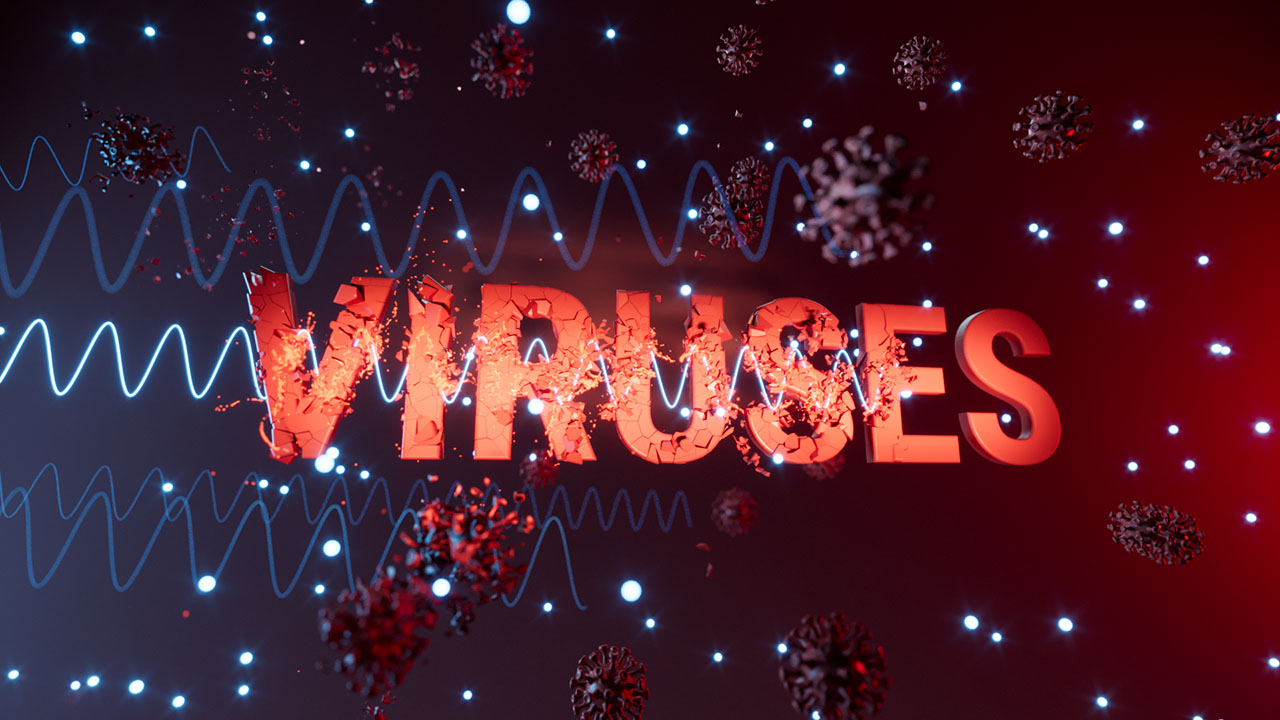The Science of UV-C
UV-C light works by damaging the DNA and RNA of bacteria and viruses, halting their ability to spread and leading to the death of bacteria and the inactivation of Pathogens.

UV-C light works by damaging the DNA and RNA of bacteria and viruses, halting their ability to spread and leading to the death of bacteria and the inactivation of Pathogens.


UV systems were first used in hospitals in the 1930s1 to control infections. Studies in the 1940s found potential benefits of UV-C radiation in stopping the spread of measles2 in schools. In 1994, the CDC recognized UV-C's effectiveness in controlling TB3.
Light travels in a straight line. Areas in shadow are not disinfected by a stationary UV-C light source. Our mobile robot ensures superior coverage, moving around furniture and objects to eliminate germs and viruses hiding in shadowy spots of the room.
The further away the light source, the more exposure time required to properly disinfect. Stationary UV-C disinfection systems cannot get close to all the germ locations but our Haystack's robots continuously move along high touch surfaces to maximize disinfection.
